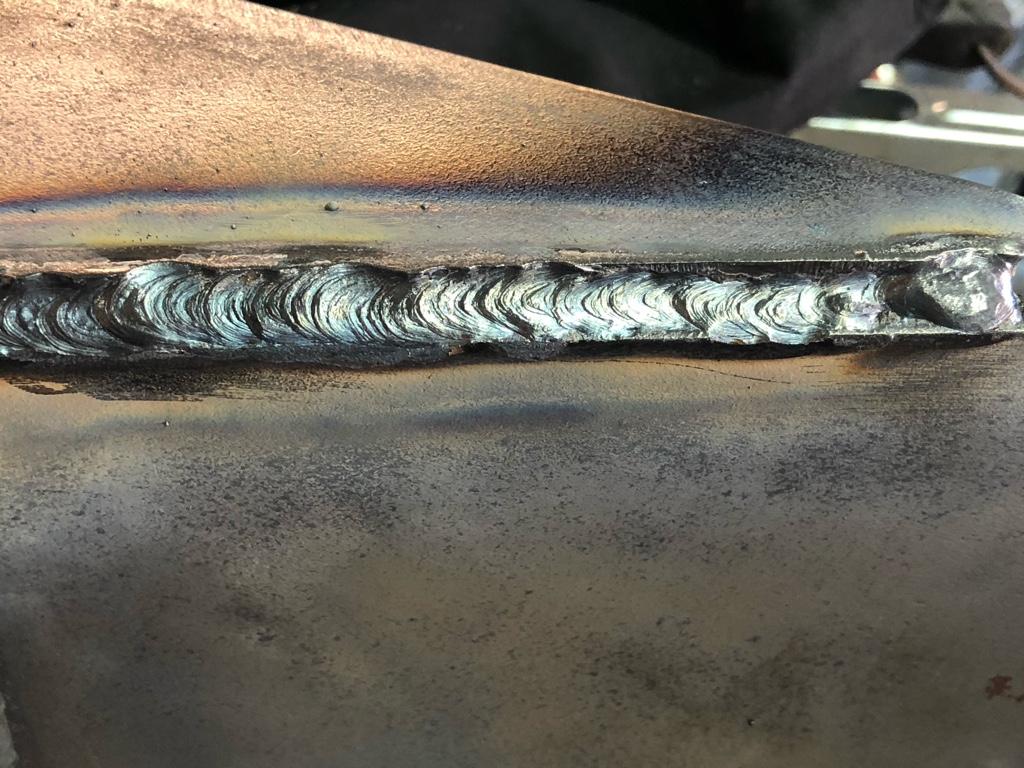Your Complete Handbook to Preventing Weld Undercut Like a Pro
Wiki Article
Mastering the Art of Welding: Just How to Avoid Undercut Welding Issues for Flawless Fabrication Results
By comprehending the origin causes of undercut welding and applying effective techniques to prevent it, welders can raise their craft to brand-new degrees of quality. In the pursuit of perfect construction outcomes, grasping the art of welding to prevent undercut problems is not simply a skill yet a need for those making every effort for perfection in their work.Comprehending Undercut Welding

To avoid undercut welding, welders should make certain proper welding specifications, such as adjusting the existing, voltage, travel speed, and preserving the right electrode angle. By recognizing the reasons of undercut welding and implementing precautionary procedures, welders can achieve top notch, structurally audio welds.
Reasons For Undercut in Welding
Comprehending the factors that contribute to undercut in welding is necessary for welders to produce premium, structurally sound welds. Insufficient welding existing or wrong welding rate can additionally contribute to damage. Understanding these causes and implementing appropriate welding methods can aid stop damaging concerns, ensuring sturdy and solid welds.Techniques to Stop Undercutting

To alleviate the danger of damaging in welding, welders can utilize tactical welding techniques intended at enhancing the quality and honesty of the weld joints. Additionally, making use of the correct welding technique for the particular joint arrangement, such as weave or stringer beads, can add to lowering undercutting.
Furthermore, proper joint preparation, including making certain tidy base products devoid of pollutants and utilizing the appropriate welding consumables, is important in stopping undercut defects. Using back-step welding methods and regulating the weld grain profile can likewise assist distribute heat equally and lessen the learn this here now risk of undercut. Routine inspection of the weld joint during and after welding, as well as carrying out quality control steps, can aid in identifying and resolving damaging issues quickly. By implementing these methods faithfully, welders can attain flawless fabrication results with very little undercut flaws.
Importance of Proper Welding Criteria
Selecting and preserving suitable welding criteria is essential for accomplishing successful welds with minimal defects. Welding specifications refer to variables such as voltage, current, travel speed, electrode angle, and shielding gas flow price that straight impact the welding process. These criteria must be thoroughly changed based on the kind of product being bonded, its density, and the welding method employed.Proper welding parameters guarantee the best quantity of warm is applied to thaw the base metals and filler material uniformly. If the parameters are set too expensive, it can result in extreme warm input, triggering spatter, burn-through, or distortion. On the various other hand, if the criteria are too low, incomplete fusion, lack of infiltration, or undercutting may take place.
Top Quality Assurance in Welding Procedures

Verdict
my link In verdict, mastering the art of welding calls for a complete understanding of undercut welding, its reasons, and strategies to avoid it. By ensuring proper welding criteria and carrying out quality control methods, flawless manufacture outcomes can be achieved. It is important for welders to continually pursue excellence in their welding operations to avoid undercut problems and generate top notch welds.Undercut welding, an usual problem in welding processes, takes place when the weld steel doesn't properly fill up the groove and leaves a groove or depression along the bonded joint.To avoid undercut welding, welders ought to make sure appropriate welding parameters, such as readjusting the present, voltage, travel rate, and keeping the right electrode angle. Insufficient welding inaccurate or existing welding rate can likewise add to undercut.To minimize the risk of damaging in welding, welders can utilize calculated welding strategies intended at boosting the top quality and honesty of the weld joints.In verdict, grasping the art of welding requires a complete understanding of undercut welding, its causes, and strategies to avoid it.
Report this wiki page